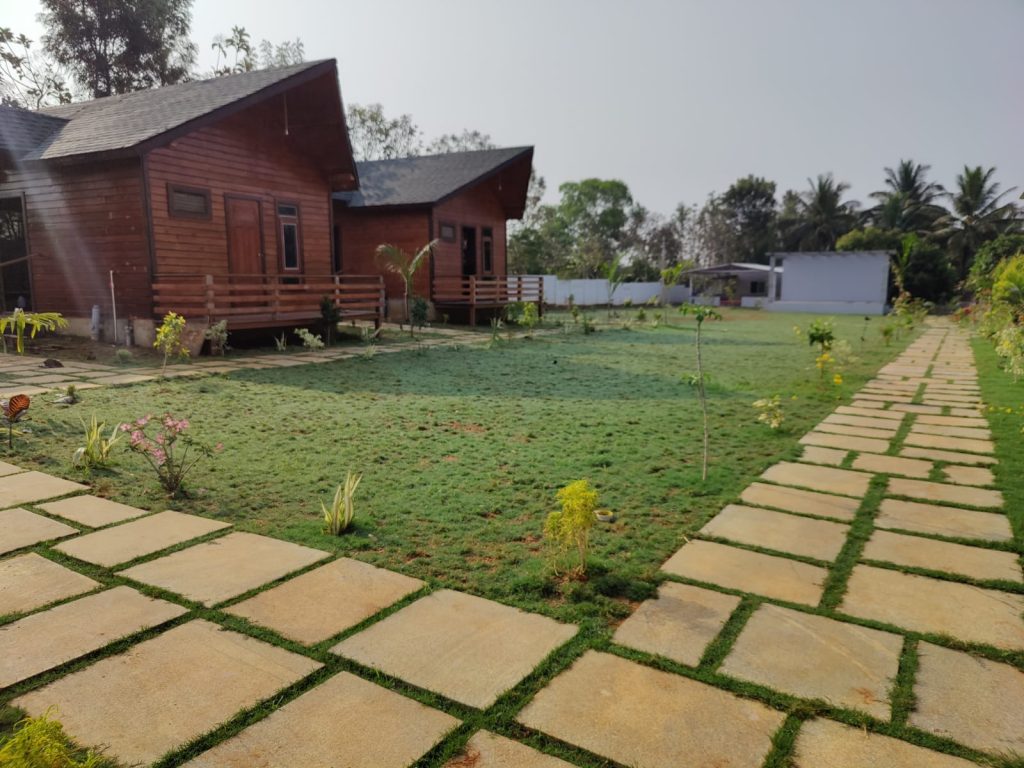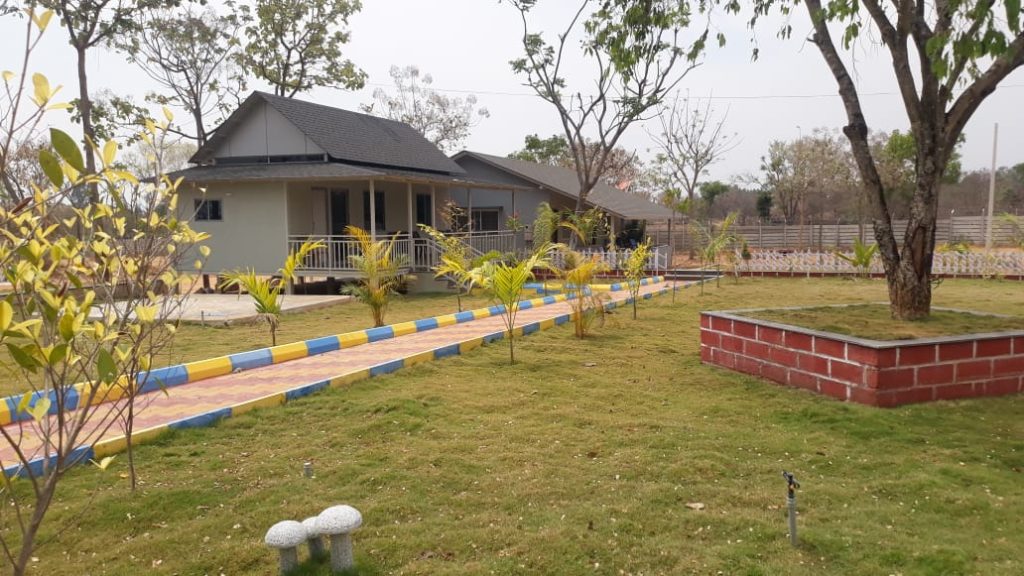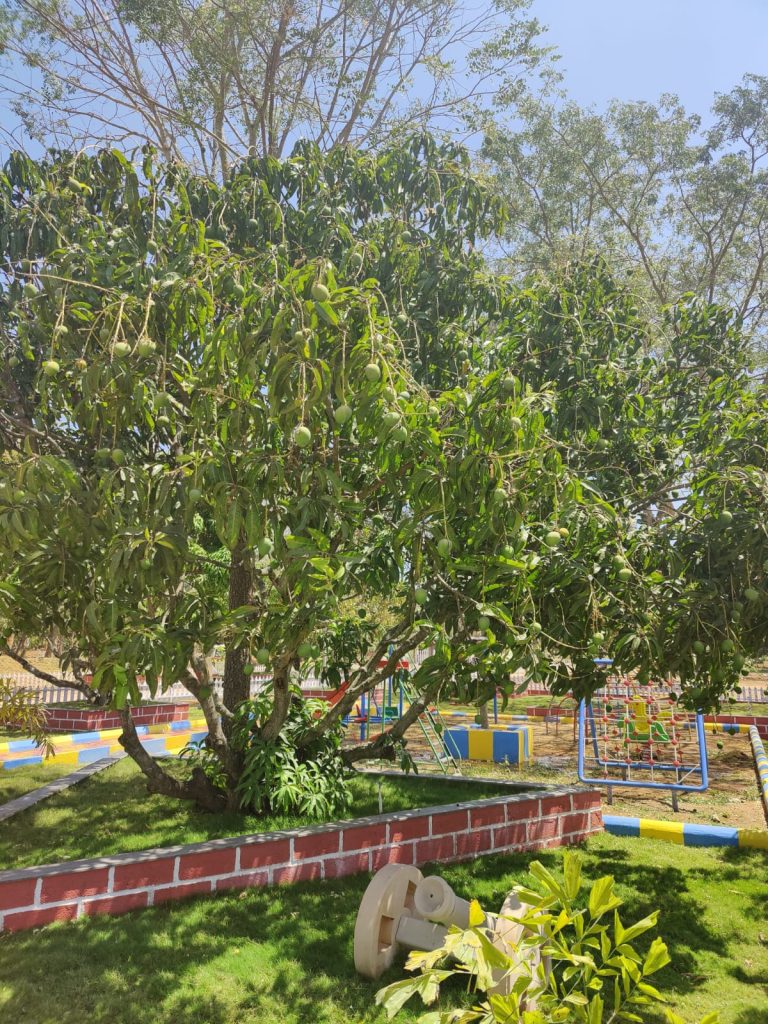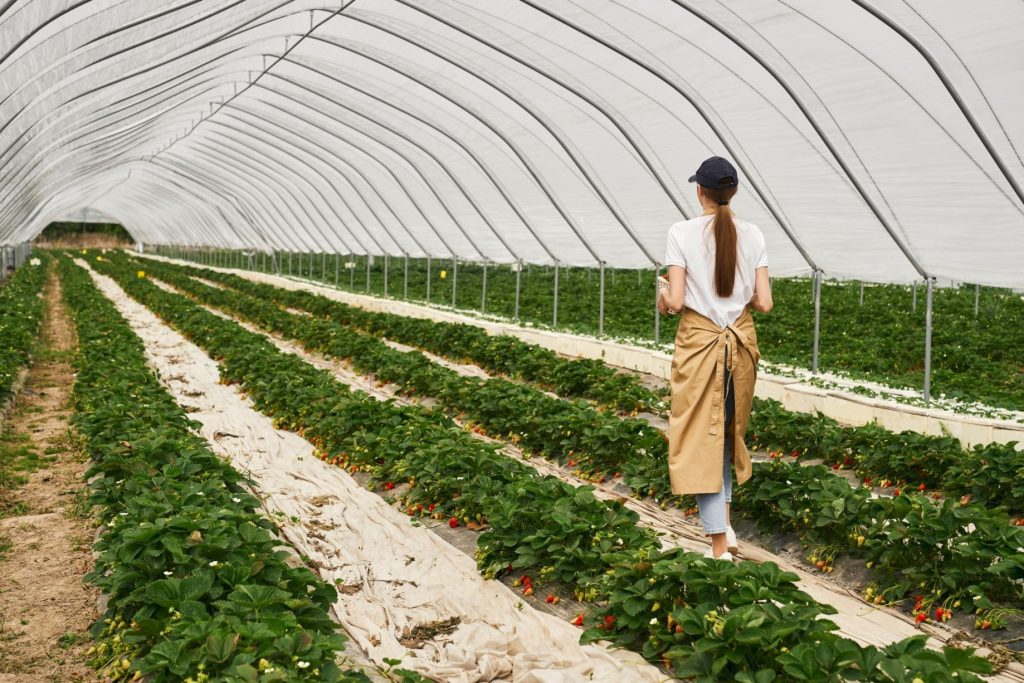
In the realm of modern agriculture, the balance between conservation and production has become more crucial than ever. As the world faces the challenges of feeding a growing population and preserving our natural resources, managed farmland emerges as a pivotal player in achieving a harmonious balance. Sharanya Farm is a managed farmland near Mysore Road where sustainable farming practices are implemented to promote socially, economically and environmentally responsible farming. In this blog post, we’ll explore the strategies and practices that allow farmers to navigate the intersection of conservation and production for a sustainable agricultural future.
Understanding the Realm of Modern Agriculture
The challenges facing modern agriculture are multifaceted, ranging from the need to increase food production to the imperative of mitigating environmental impact. Managed farmland, with its mosaic of fields, forests, and water resources, becomes a critical arena where these challenges are confronted and solutions are sought. The conventional narrative often pits conservation against production, as if they are opposed forces. Conservation is not the enemy of production; instead, it is the silent partner that ensures the longevity and resilience of agricultural practices. Striking the right balance involves integrating conservation measures seamlessly into the agricultural landscape.
Precision Agriculture: A Technological Marvel
One of the key tools in harmonizing conservation and production is precision agriculture. This cutting-edge approach utilizes technology such as GPS, sensors, and data analytics to optimize every aspect of farming. By precisely tailoring inputs like water, fertilizers, and pesticides, farmers can maximize yields while minimizing environmental impact. Precision agriculture empowers farmers to be both stewards of the land and efficient producers.
Cover Crops: Blanketing the Soil for Future Growth
Cover crops play a very important role in maintaining soil health and preventing erosion. These crops, planted during periods when the main cash crop is not in the field, act as a protective blanket for the soil. They reduce erosion, improve water retention, and enhance nutrient levels. Integrating cover crops into crop rotations is a powerful strategy that promotes conservation without compromising productivity.
Agroforestry: Growing Together
Agroforestry, the practice of integrating trees and shrubs into traditional agricultural landscapes, is a shining example of the synergy between conservation and production. Trees prevent soil erosion and enhance biodiversity. Additionally, they can serve as windbreaks, protect water sources, and even contribute to carbon sequestration. The result is a harmonious coexistence where conservation enhances the productivity of the land.
Water Conservation: A Precious Resource
Water scarcity is a pressing global concern, and managing farmland has a pivotal role in addressing this issue. Implementing water-efficient irrigation systems, such as drip or precision irrigation, not only conserves water but also optimizes its usage for maximum crop yield. By adopting water conservation practices, farmers contribute to both environmental preservation and sustainable production.
Integrated Pest Management: Nature’s Balance
While essential for pest control, their indiscriminate use can harm beneficial insects and disrupt ecosystems. Integrated Pest Management (IPM) is an approach that seeks to balance pest control with environmental preservation. By incorporating natural predators, crop rotation, and resistant plant varieties, farmers can effectively manage pests while safeguarding the delicate ecological balance.
Conservation Easements: Protecting Farmland for Generations
Conservation easements are legal agreements between landowners and conservation organizations that restrict certain types of development on the land. This innovative approach allows farmers to preserve their farmland while often receiving financial incentives. It’s an important strategy that protects valuable agricultural land from urban sprawl, ensuring that it remains productive for generations to come.
Community Engagement: Fostering a Shared Vision
Engaging with local communities, policymakers, and environmental organizations fosters a shared vision for sustainable agriculture. If you are searching for the best-managed farmland near me, then Sharanya Farm is the best option for you. By building partnerships and open lines of communication, farmers can showcase their commitment to responsible land management while garnering support for initiatives that benefit both conservation and production.
Summary
Balancing conservation and production on managed farmland is not an easy task. It is an intricate balance where each partner contributes to the well-being of the other. Sharanya Farm is a managed farmland near Bangalore where through innovative practices, technological advancements, and a commitment to sustainable agriculture, professionals can navigate this delicate balance. The future of agriculture lies in a harmonious coexistence where the land thrives, and the bounty it produces sustains us all. If you are looking for agricultural land for sale near me, then it will be your best choice to invest in the land.
By embracing innovation, incorporating sustainable practices, and fostering community engagement, farmers can lead the way towards a future where the bounty of the land is preserved for generations to come. As we move forward, let us embrace the notion that in the heart of managed farmland, conservation and production can indeed grow hand in hand.


